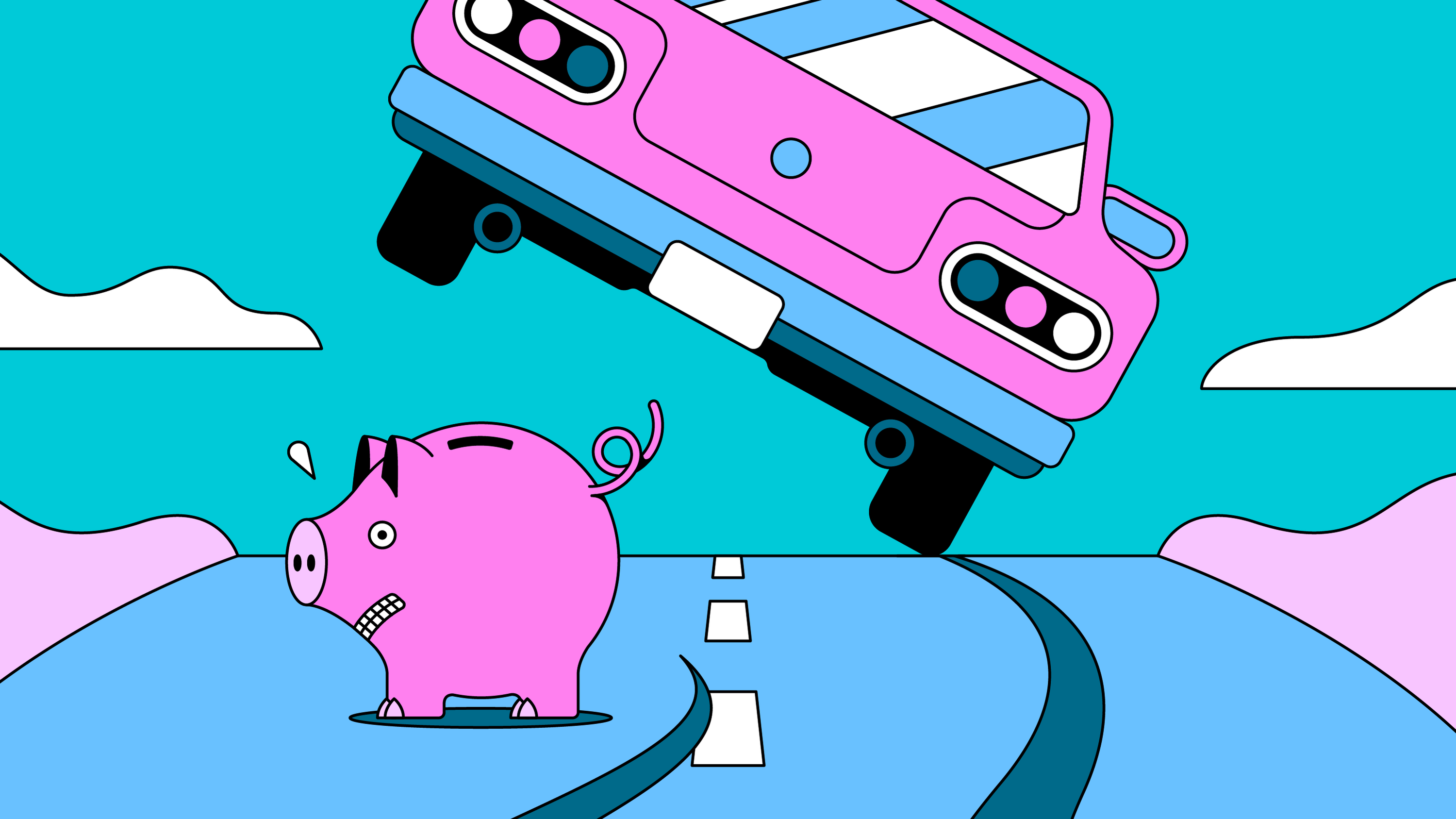Hypothecation in Car Insurance and How to Remove it?
In today’s world, owning a car has become more accessible than ever before. With the availability of loans and higher disposable income, even the salaried class and professionals can afford to buy a car. However, when purchasing a car with a loan, one important concept that arises is hypothecation. This article will explore what hypothecation is, its implications on car insurance, and how to remove it.
Introduction
The affordability of cars has increased due to easy access to loans and higher disposable income. Most buyers make a small down payment and finance the remaining cost through a bank loan. In such cases, hypothecation comes into play. Hypothecation refers to the collateralization of the car when a loan is taken to purchase it. While the buyer has physical possession of the car, the bank holds the hypothecation status until the loan is fully repaid.
Understanding Hypothecation
Hypothecation arises only when a loan is taken to buy a car. Let’s say you want to purchase a car and approach a bank for a car loan. If the bank approves your loan, you become the owner of the car, but the bank holds the hypothecation status as collateral. This means that while you have possession of the car, the bank has a legal claim over it until the loan is fully paid off.
Hypothecation and Car Insurance
According to the Motor Vehicles Act of 1988, it is mandatory to have car insurance for every car. When you apply for car insurance for a car that is financed through a loan, the insurance policy document will mention the hypothecation status. This means that while the car is registered under your name, the bank has a hypothecation claim on the insurance policy.
Legal Compliance in Hypothecation
The registration certificate issued by the Regional Transport Office (RTO) will contain information about the hypothecation status of your vehicle. When registering a hypothecated car, you will need to submit several documents, including Form 34 (an application form for hypothecation), the original registration certificate, existing car insurance policy papers, pollution under control certificate, address proof, attested copy of your PAN card, and the fee for endorsing the hypothecation status.
Removal of Hypothecation
Once the loan is fully repaid, it is important to remove the hypothecation status from the car insurance policy. Failure to do so can lead to ownership complexities, issues during insurance claim settlements, and difficulties in selling the car. The process of removing hypothecation involves the following steps:
Step 1: Pay off the car loan entirely.
Step 2: Obtain a No Objection Certificate (NOC) from the bank to validate that the loan has been repaid. Also, obtain Form 35, which is a hypothecation cancellation request form, from the bank.
Step 3: Submit Form 35 and the NOC to the RTO to initiate the cancellation process of the hypothecation status on your vehicle.
Step 4: Pay the stipulated fee for the cancellation process to the RTO. The fee amount may vary depending on the state. Once the fee is paid, the RTO will review your documents and complete the cancellation process.
It is crucial to complete the process of hypothecation removal to ensure a smooth ownership experience and hassle-free insurance claims in the future.
Conclusion
Buying a car with a loan is a common practice, and understanding the concept of hypothecation is essential. Hypothecation status in car insurance signifies that the car is collateral for the loan. However, once the loan is fully repaid, it is important to remove the hypothecation status from the insurance policy. Failure to do so can lead to complications during insurance claims and selling the car. By following the prescribed process, you can remove the hypothecation and enjoy the benefits of full ownership of your vehicle.




